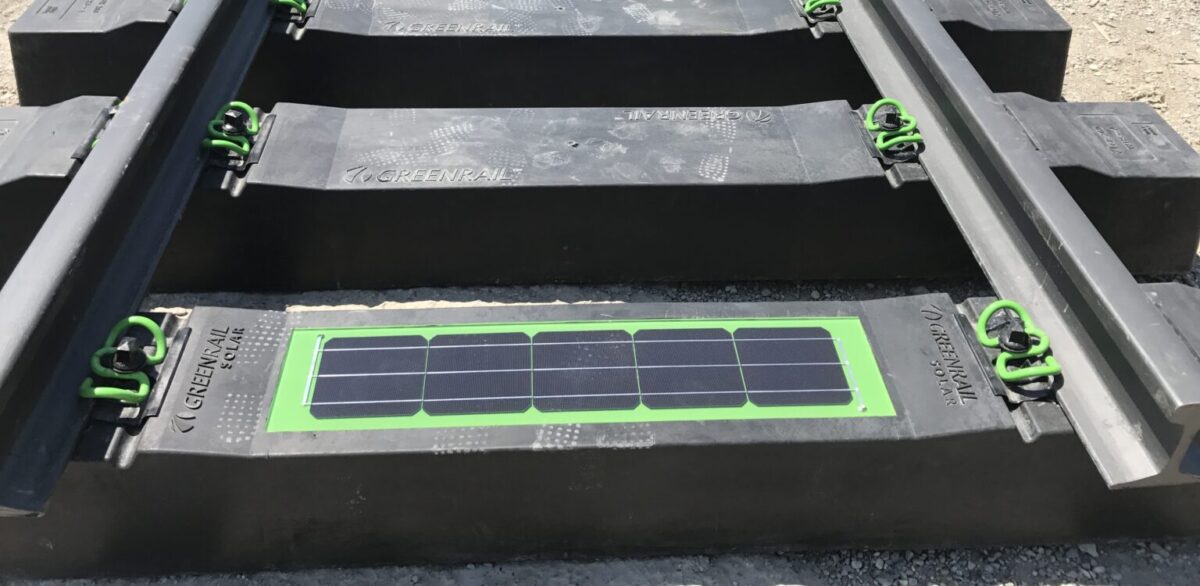lenaitch
Senior Member
CN was created as a Crown agency to save a number of insolvent and financially vulnerable railways after WW1. Some of them were national in scope (Canadian Northern, National Transcontinental) and some more regional (PEIR). It was an extension of public policy at a time when rail was really the only method of land-based long-distance travel.7What is sad is CN was originally created as a way to save all the short line railways. It seems ever since going privately owned, they became just line every other railway.
Since they became a publicly traded corporation, they are like every other railway. You can't expect a for-profit corporation to be an extension of public policy.





